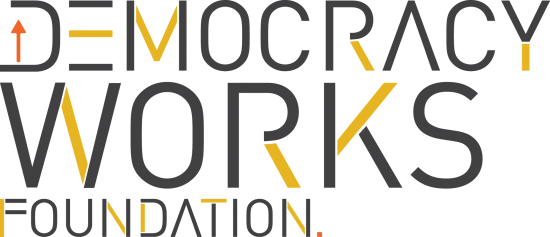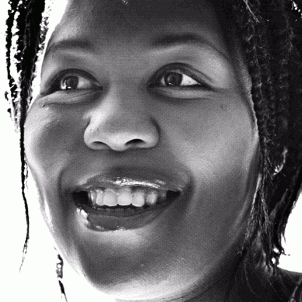In October, a scandal broke at one of South Africa’s most prestigious private boarding schools.
A group of boys from Hilton College in the KwaZulu-Natal province — the white and black sons of South Africa’s elite — had taken a picture of themselves participating in a mock gang rape and it ended up on Instagram. Their “victim” was a boy dressed in the school uniform of St. Anne’s Diocesan College, a nearby girls’ boarding school.
While the scene was captured in a curiously modern fashion, its implied brutality was as old as time. There was a small public uproar, but it soon died down. The boys received no more than a slap on the wrist for their staging of a simulated rape. None were expelled.
I thought about that picture again this month, when Oscar Pistorius was found guilty of murdering his girlfriend, Reeva Steenkamp, after a South African appeals court overturned last year’s manslaughter verdict against him.
Mr. Pistorius, who went to an elite high school in Pretoria, has much in common with those privileged Hilton students. South African boys of their class seem raised to believe that they can get away with egregious acts of violent misogyny. Until recently, Mr. Pistorius appeared, like them, to have escaped censure.
Because he is such a singular figure — the double amputee who became an athletic phenomenon, competing for his post-apartheid country against able-bodied athletes in the 2012 Olympics — it has been easy to see Mr. Pistorius as an exceptional figure. But viewed in context, his violence toward his partner makes him seem not unique but entirely a product of his South African-ness.
Of course, not all South African men are violent, but an extraordinarily high proportion are. According to a 2009 survey by South Africa’s Medical Research Council based on more than 1,700 interviews, more than one in four men admitted to rape, and of those, 46 percent said that they had raped more than once. Earlier research, conducted in three of South Africa’s nine provinces, found that between about a fifth and a quarter of women had been physically abused by their intimate partners.
Violence against women is often pathologized as a “black” issue, or a problem of poverty, in South Africa. But the stories of Mr. Pistorius and the Hilton boys, as well as the statistics, suggest that sexual violence crosses boundaries of race and class. The global auditing firm KPMG estimated in 2014 that gender-based violence costs the South African economy about $3 billion a year (calculated at the time of the report), or roughly 1 percent of gross domestic product, in a country struggling to achieve economic growth.
Despite this, South Africa does not have a coherent national strategy aimed at preventing the epidemic of violence. Over the last 20 years, the government has passed a slew of laws aimed at punishing perpetrators of rape and intimate-partner abuse, but it has failed to root out the culture that permits violence against women. In another society, the conviction of Mr. Pistorius might serve as a turning point — a moment when public desire to end violence lines up with the government’s desire to fix the underlying issues that cause violence. But not here.
There is evidence that when boys are consistently taught to respect women and girls, over time their behavior improves. For example, a program in South Africa known as the IMAGE Study has found that combining gender training with microfinance initiatives (to empower women economically) has been enormously successful. Intimate partner violence decreased by 55 percent in the rural province where the project had its trial.
Yet South Africa lacks political leadership on the issue. Last year, the government of President Jacob G. Zuma appointed Susan Shabangu as minister of women. In a previous post, as deputy safety and security minister in 2008, Ms. Shabangu was heavily criticized for urging police officers to shoot to kill criminal suspects. Four years later, she was the mining minister during the monthslong labor dispute that led to the Marikana Massacre, in which the police killed 34 miners. This hardly seems a good résumé for an official tasked with reducing violence, in the home or otherwise.
Others in the nonprofit sector who are better qualified find their efforts hampered by the overwhelming demand for services. Gender violence projects are also not easy to win funding for. Although South Africa is classified as a middle-income country, activists found themselves in the absurd situation last year of having to appeal to international donors to keep open the doors of the country’s oldest center for rape survivors.
Frustrations mounted when, soon after taking office, Ms. Shabangu suspended a national council that had been working on a plan to end gender-based violence. Initiatives like school-based training and education, adding more social workers and domestic violence shelters, and plans for private-sector funding of call centers and cellphone hotlines have been shelved.
The minister’s attitude and her department’s abysmal lack of direction have disappointed activists who had hoped that a spate of high-profile deaths of women like Anene Booysens, a 17-year-old whose brutal rape, killing and mutilation shocked the nation in 2013, and Zanele Khumalo, a model whose murder case was tried in the courtroom next to Mr. Pistorius’s last year, would provide new political impetus.
South Africans can’t afford to be disheartened. Every day, on average, 118 women report to the police that they had been raped. And every day, three women are killed at the hands of a partner. That is the South Africa of Mr. Pistorius.
Mr. Pistorius may have failed, finally, to get away with murder. But as long as there are boys growing up who, like the Hilton College students, think rape is a joke, activists have no choice but to continue their campaign — with or without government backing.
*This article appeared in the New York Times and can be viewed here.








